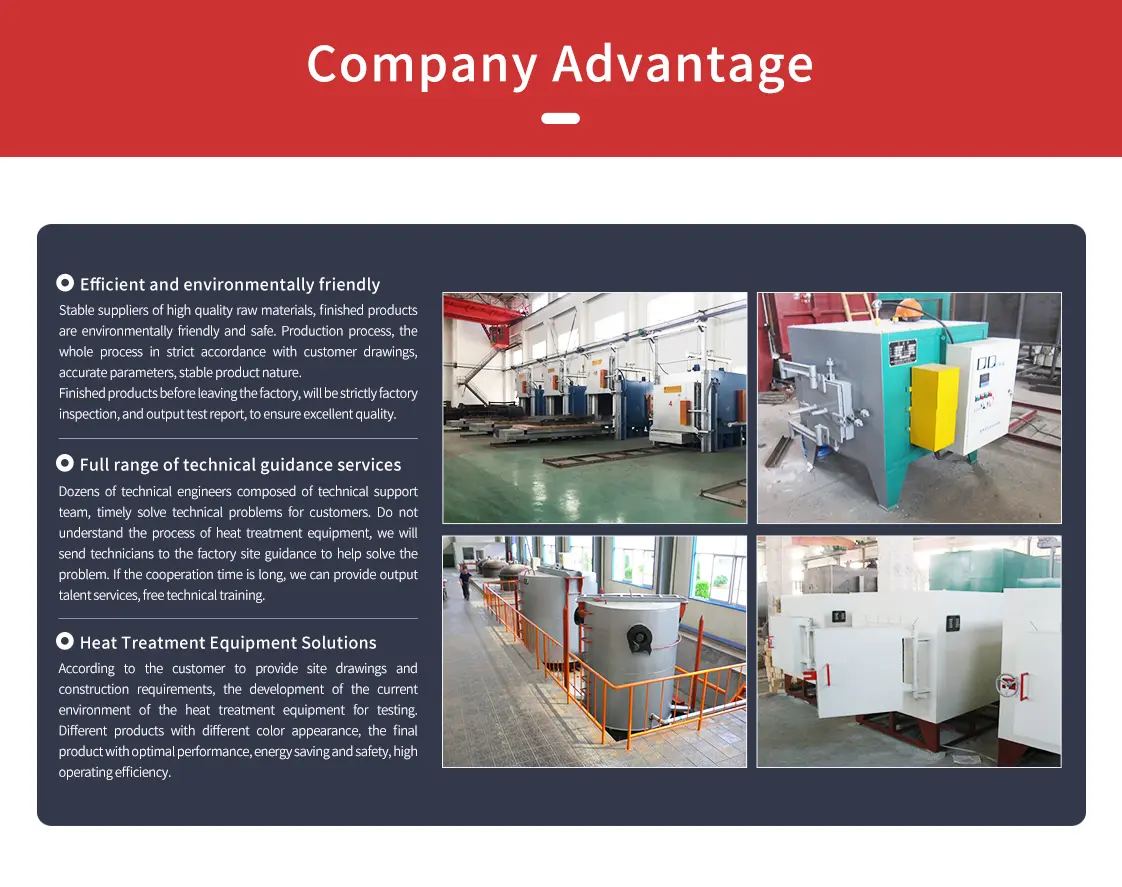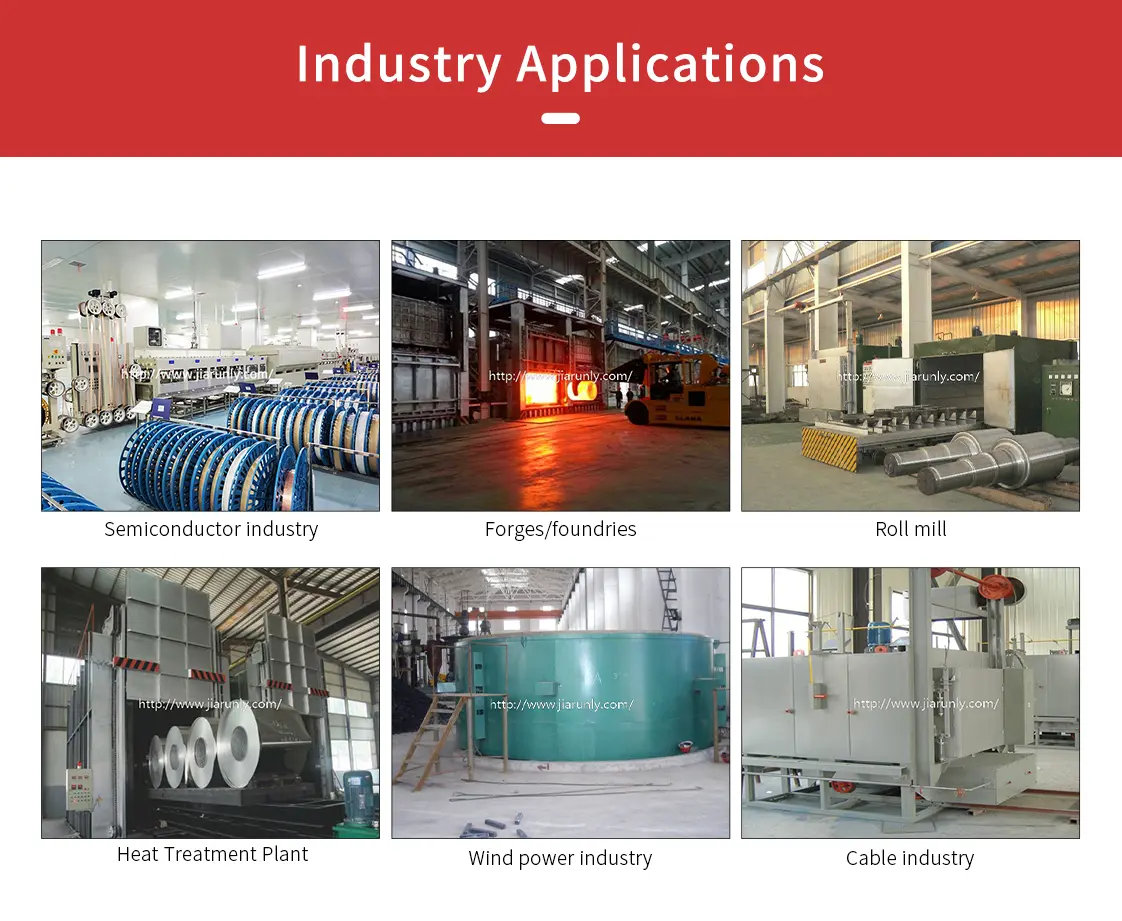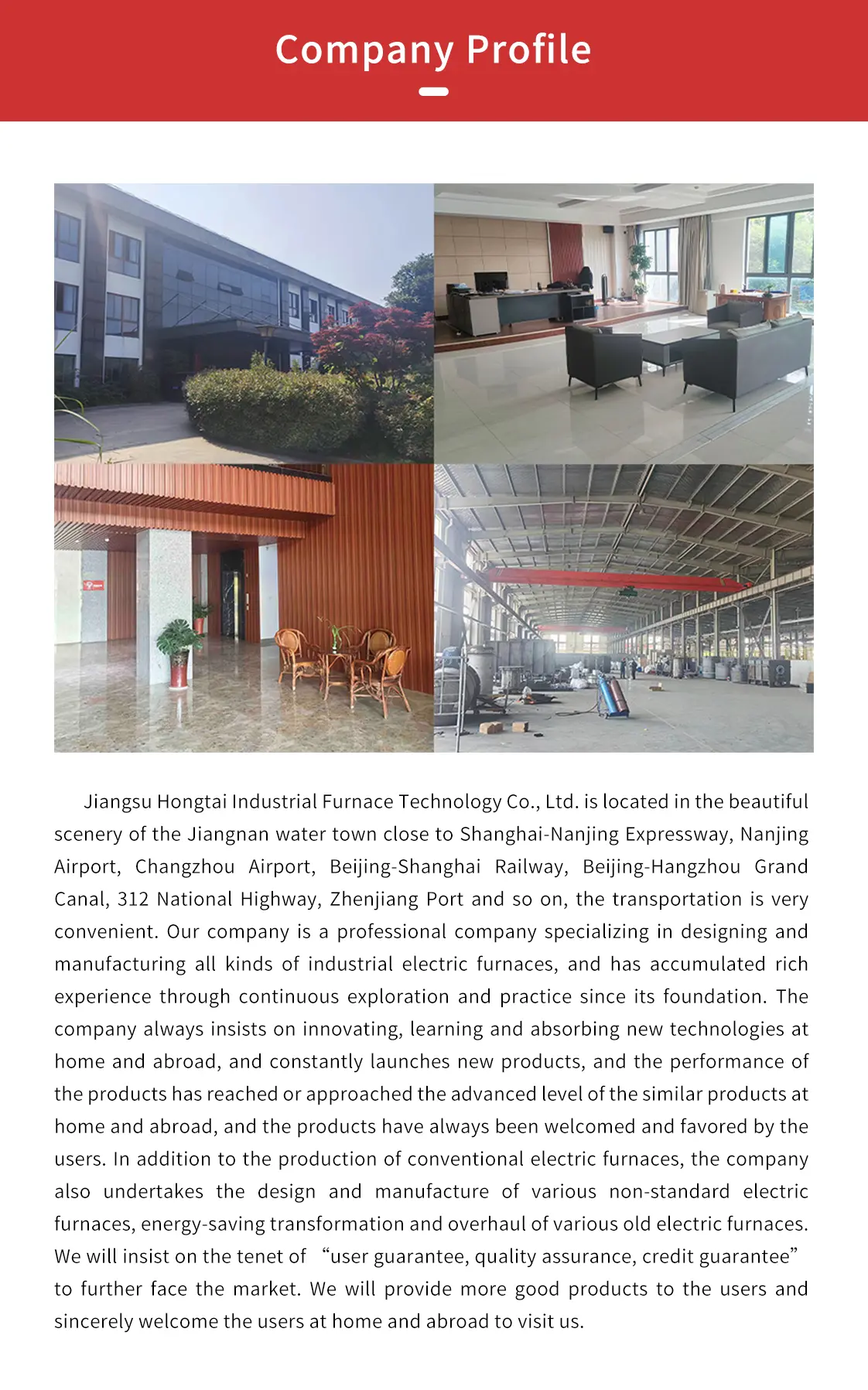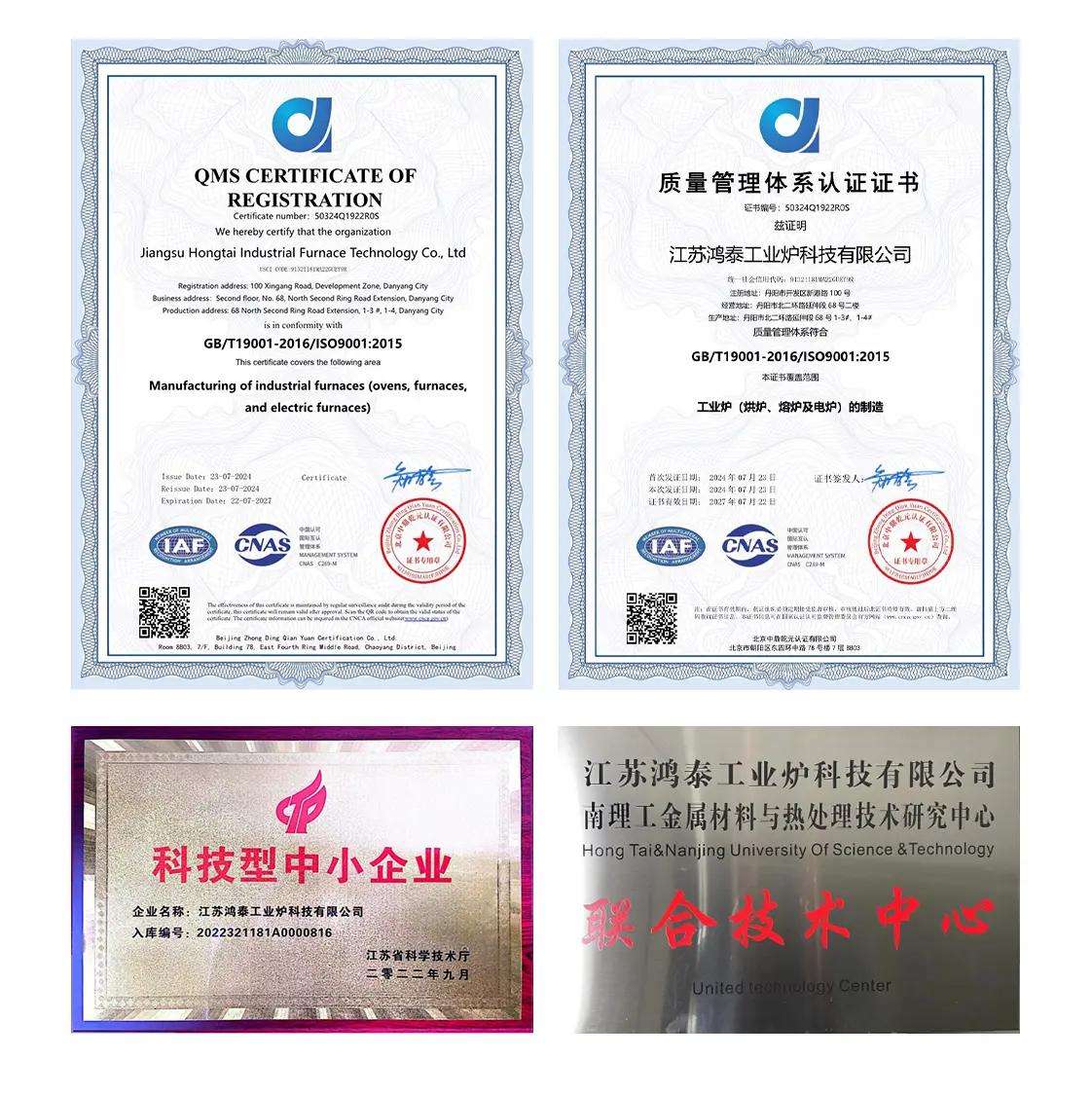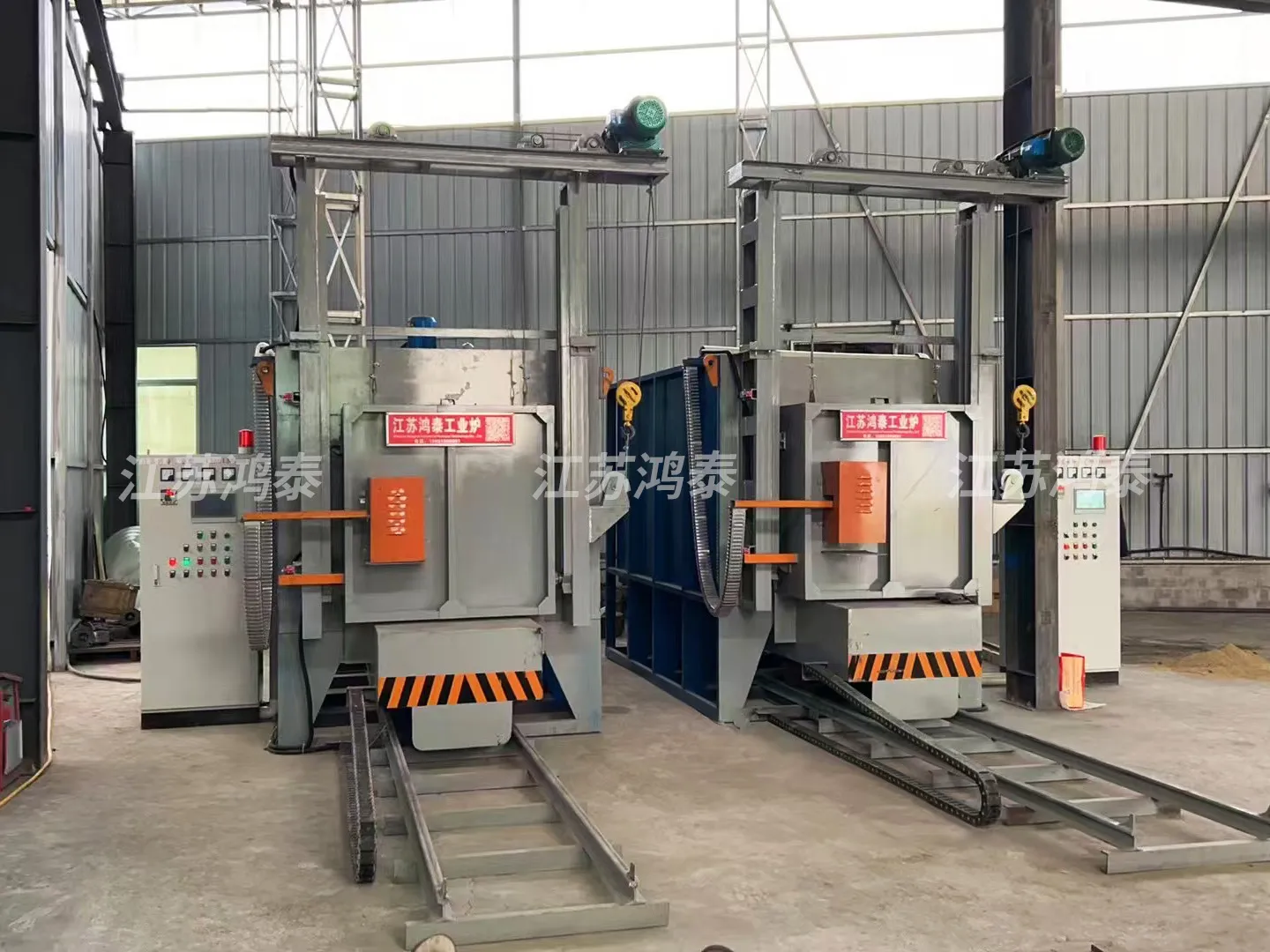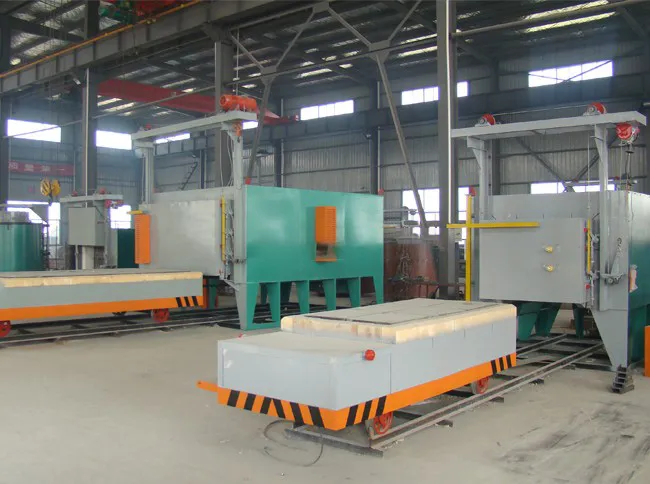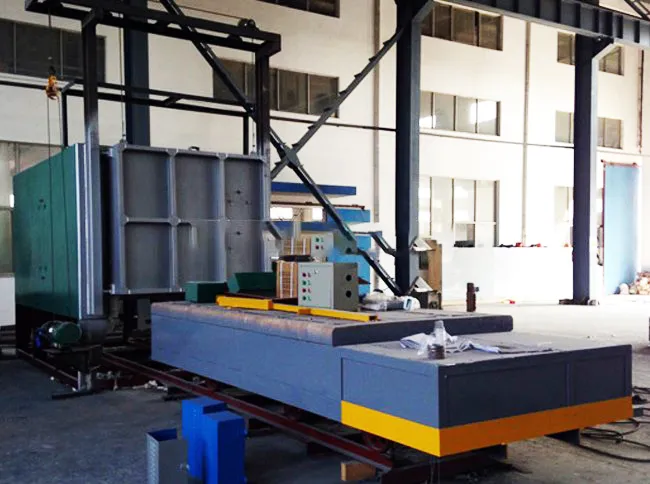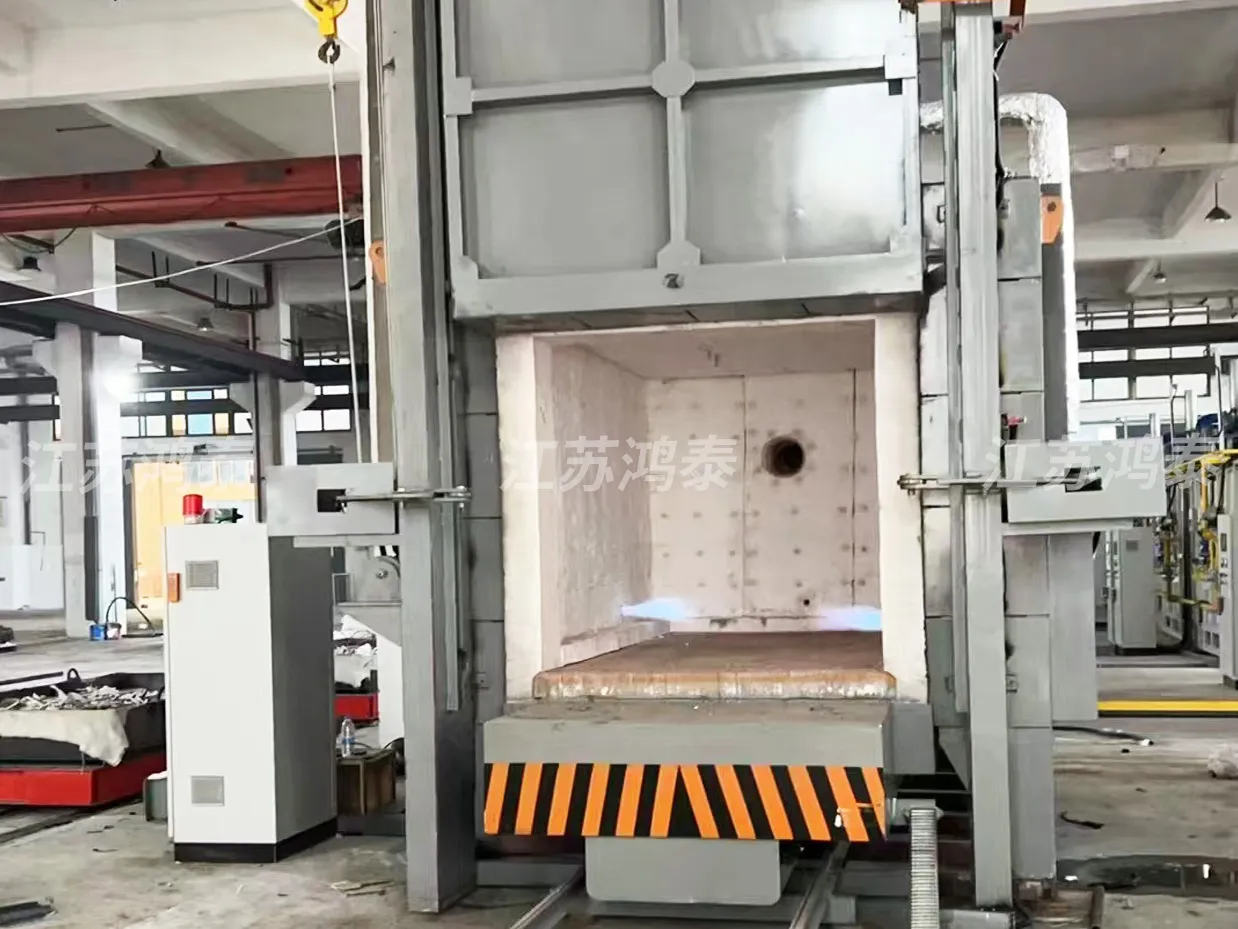- Vacuum furnace & oven
- Annealing Furnace & Oven
- Tempering furnace & oven
-
Carburizing furnace & Ovens
-
Bell Type Furnace
-
Pit Type Furnace & Well Type Furnace
-
Box Furnace & Chamber Furnace
-
Car Bottom Furnace & Bogie Hearth Furnace
-
Nitriding furnace & Ovens
-
Melting furnace & Ovens
- Quenching furnace & Ovens
-
Rapid quenching furnace & Ovens
- Forging furnace & Ovens
- Bright heat treatment furnace & Ovens
Bench-top Tempering Furnace & Ovens
Heat treatment furnace manufacturer,Jiangsu Hongtai Industrial Furnace Technology Co., Ltd
Bogie-type tempering furnace is mainly for general large and medium-sized metal or alloy parts in the rated temperature of the heat treatment furnace.
Bench-top Tempering Furnace & Ovens
Compact & Efficient Tempering Solutions for Small-Scale Heat Treatment
Product Introduction
Our Bench-top Tempering Furnaces & Ovens are compact, efficient, and user-friendly heat treatment solutions specifically designed for small-scale tempering operations. Ideal for laboratories, small workshops, educational institutions, and hobbyists, these furnaces provide precise and uniform heat treatment of small components after hardening or quenching. Tempering is a crucial process that reduces the brittleness of hardened steel, increases its toughness and ductility, and relieves internal stresses, while still maintaining sufficient hardness. Despite their smaller footprint, they deliver excellent temperature uniformity and control, crucial for achieving consistent and predictable material properties. These bench-top units offer a cost-effective and reliable solution for a variety of metal heat treatment applications where space and budget are considerations.
Core Advantages for Small-Scale Tempering
- Compact Footprint: Bench-top design saves valuable space, making them ideal for laboratories, small workshops, and educational settings.
- Precise Temperature Control: Advanced control systems ensure accurate and stable temperatures, critical for consistent tempering results and desired material properties.
- Excellent Temperature Uniformity: Equipped with forced air circulation, guaranteeing uniform heat distribution throughout the small load, preventing hot or cold spots.
- Enhanced Toughness & Ductility: Effectively reduces brittleness of hardened components, improving their resistance to impact and fracture.
- Energy Efficient: Optimized insulation and heating elements minimize energy consumption, reducing operational costs for smaller-scale operations.
- User-Friendly Operation: Simple and intuitive controls make them easy to operate, even for beginners or those with limited experience in heat treatment.
- Versatile Applications: Suitable for tempering various metals for tools, small parts, and prototypes, as well as for stress relieving and aging processes.
Technical Specifications
| Parameter | Unit | Range/Value | Notes |
|---|---|---|---|
| Maximum Working Temperature | °C | 150 - 650 | Typical tempering temperature range |
| Heating Method | - | Electric | Standard for bench-top models |
| Rated Power | KW | 1 - 10 | Optimized for small-scale efficiency |
| Working Chamber (W×H×D) | mm | Customizable, Small Dimensions | Designed for small components and batches |
| Temperature Uniformity | °C | ±5 (typical) | Ensures consistent tempering for small parts |
| Control Accuracy | °C | ±2 | Digital PID control |
| Circulation Method | - | Forced Air Circulation | Ensures excellent temperature uniformity |
| Control System | - | Digital Temperature Controller | Simple and effective control |
| Safety Features | - | Over-temperature protection, Door interlocks | Ensures safe operation |
Working Principle
Bench-top tempering furnaces operate on the principle of heating small metal components to a specific temperature below their critical point to modify their microstructure and mechanical properties. This process, known as tempering, is typically performed after hardening or quenching to reduce brittleness, increase toughness and ductility, and relieve internal stresses. The compact size of these furnaces makes them suitable for small batches and laboratory settings.
Components are loaded into the small heating chamber, often on a tray. The furnace then heats the components to the desired tempering temperature, typically ranging from 150°C to 650°C. To ensure excellent temperature uniformity, which is crucial for consistent tempering results, these furnaces are usually equipped with forced air circulation fans. These fans circulate the heated air throughout the chamber, ensuring that all parts of the load receive uniform heat treatment. This convective heat transfer is highly efficient and effective for achieving precise temperature control in a compact space.
During the soaking period at the tempering temperature, the unstable martensitic structure (formed during quenching) transforms into a more stable and tougher microstructure. After the soaking period, components are typically cooled in air. The entire process is managed by digital PID controllers, which maintain the set temperature with high accuracy, ensuring repeatable and high-quality tempering results for small-scale applications.
Process Flow
Loading Small Components
Small hardened components are loaded into the bench-top furnace chamber.
Heating to Tempering Temperature
Furnace heats components to the precise tempering temperature with forced air circulation.
Soaking Period
Components are held at the tempering temperature for a specified duration for microstructural transformation.
Cooling & Unloading
Components are cooled (often in air) and then safely unloaded for further use.
Solving Customer Pain Points
Limited Space in Laboratories & Small Workshops
Our compact bench-top design provides precise tempering capabilities in a minimal footprint, making it perfect for environments where space is at a premium.
Need for Precise Control for Small Batches
These furnaces offer excellent temperature control and uniformity, ensuring consistent and high-quality tempering results even for small, delicate components or prototypes.
High Energy Costs for Intermittent Use
With efficient insulation and rapid heating, these furnaces minimize energy consumption during intermittent use, reducing operational costs for hobbyists and small businesses.
Difficulty Achieving Uniform Heating for Small Parts
Forced air circulation ensures that all small components are heated evenly, which is critical for successful tempering and preventing material defects.
Complex Operation of Industrial Furnaces
Designed with user-friendliness in mind, our bench furnaces feature simple, intuitive controls, making them accessible for beginners and experienced technicians alike without extensive training.
Versatility for Diverse Small-Scale Applications
Capable of tempering various metals and performing stress relieving or aging, these furnaces provide the versatility needed for diverse small-scale heat treatment projects.
Customer Success Stories
A university research lab significantly improved the mechanical properties of their experimental alloys using our bench-top tempering furnace, praising its precise temperature control and compact design for their limited lab space.
Customized Services
We offer tailored solutions for our bench-top tempering furnaces, including custom chamber dimensions, specific temperature ranges, and integration with existing laboratory or workshop setups. Our team works closely with researchers, educators, and small businesses to design furnaces that perfectly match their unique material types, component sizes, and desired heat treatment outcomes, ensuring optimal performance and ease of use.
Related Keywords
bench top tempering furnace, compact tempering oven, small workshop tempering, laboratory tempering furnace, heat treatment tempering, stress relieving, precision heat treatment, metallurgical equipment, small parts tempering, hobby tempering, electric tempering furnace, forced air tempering
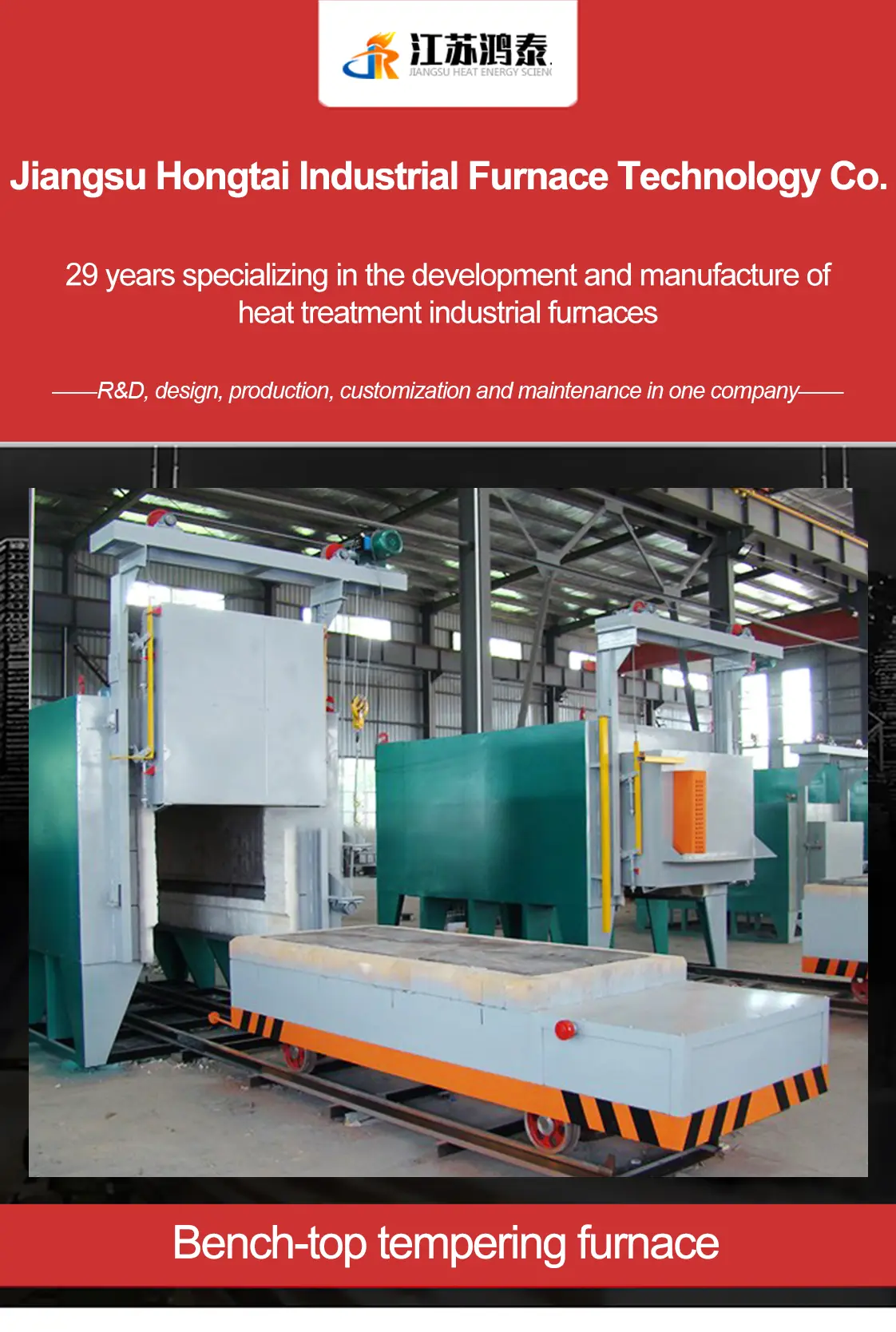
Industrial Value and Application Products
- Small Tools and Dies: Tempering of hand tools, small punches, and custom dies for various industries.
- Prototype Components: Heat treatment of experimental parts for testing and development.
- Jewelry and Dental Instruments: Tempering of small metal components for specific hardness and durability.
- Educational and Research Samples: Used in academic and research settings for material science studies and demonstrations.
- Custom Metal Parts: Tempering of unique or low-volume metal components requiring precise property adjustments.
Usage:
Bogie-type tempering furnace, mainly used for high chrome cast steel roll tempering, roll surface welding after eliminating welding stress tempering and other purposes of tempering, belongs to the energy-saving cycle operation tempering furnace, the use of microcomputer program process curve automatic temperature control cabinet, automatic high-precision implementation of high-precision tempering process curve.
Used for 35, 45, high chromium, high manganese steel castings, gray cast iron parts, ductile iron parts, rolls, oil pipes, steel balls, crusher hammerhead, wear-resistant lining plate, large-scale welding parts quenching, annealing, tempering and heat treatment of various mechanical parts.
The resistance furnace is composed of electric cart, furnace shell, furnace lining, furnace frame, electric door, automatic control system and so on.
Structure Introduction:
Bogie type tempering furnace adopts composite lining or all-fiber insulation, the furnace body and the bogie through its own sealing mechanism to reduce the heat convection loss of the bogie furnace, to achieve the insulation performance of the bogie furnace.
Bogie hearth furnace for tempering adopts multi-zone heating and installs stainless steel heat circulation fan on the top of the furnace, the hot air circulates at high speed, and the internal installation has a stainless steel air guiding system for hot air internal circulation designed by our company's heat treatment technology center, and the temperature uniformity is very high.
Features:
1. Trolley and furnace door are motorized, easy loading and unloading, high productivity rate;
2. Full-automatic temperature control system, timed automatic operation, automatic power-off at the end of operation, over-temperature alarm;
3. Double high-power electrical appliances, over-current, over-temperature protection, unattended, reliable.
4. Uniform heating, improve the quality of heat treatment;
5. Power adjustable.
